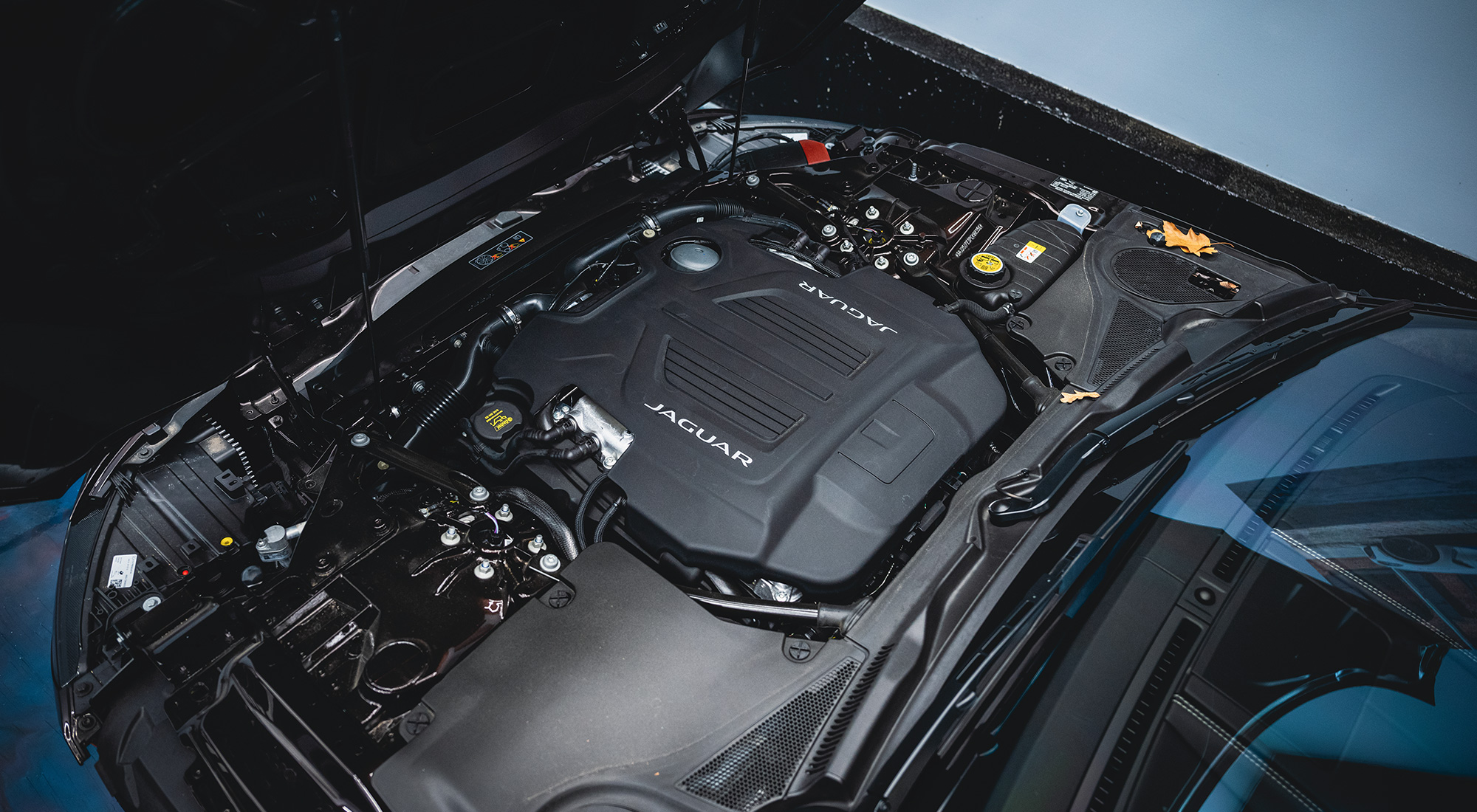This week goes out with a bang – literally, as we talk about ‘chargers. Turbochargers vs superchargers that is.
As always, send your questions!
Question
Mike, I’m surprised at the amount of supercharged V-8s still around in the cars you review. Turbos are still going to be around, but I know these supercharges will go away soon. Do you think that’s a mistake? Are supercharged engines better?
– Tim
Answer
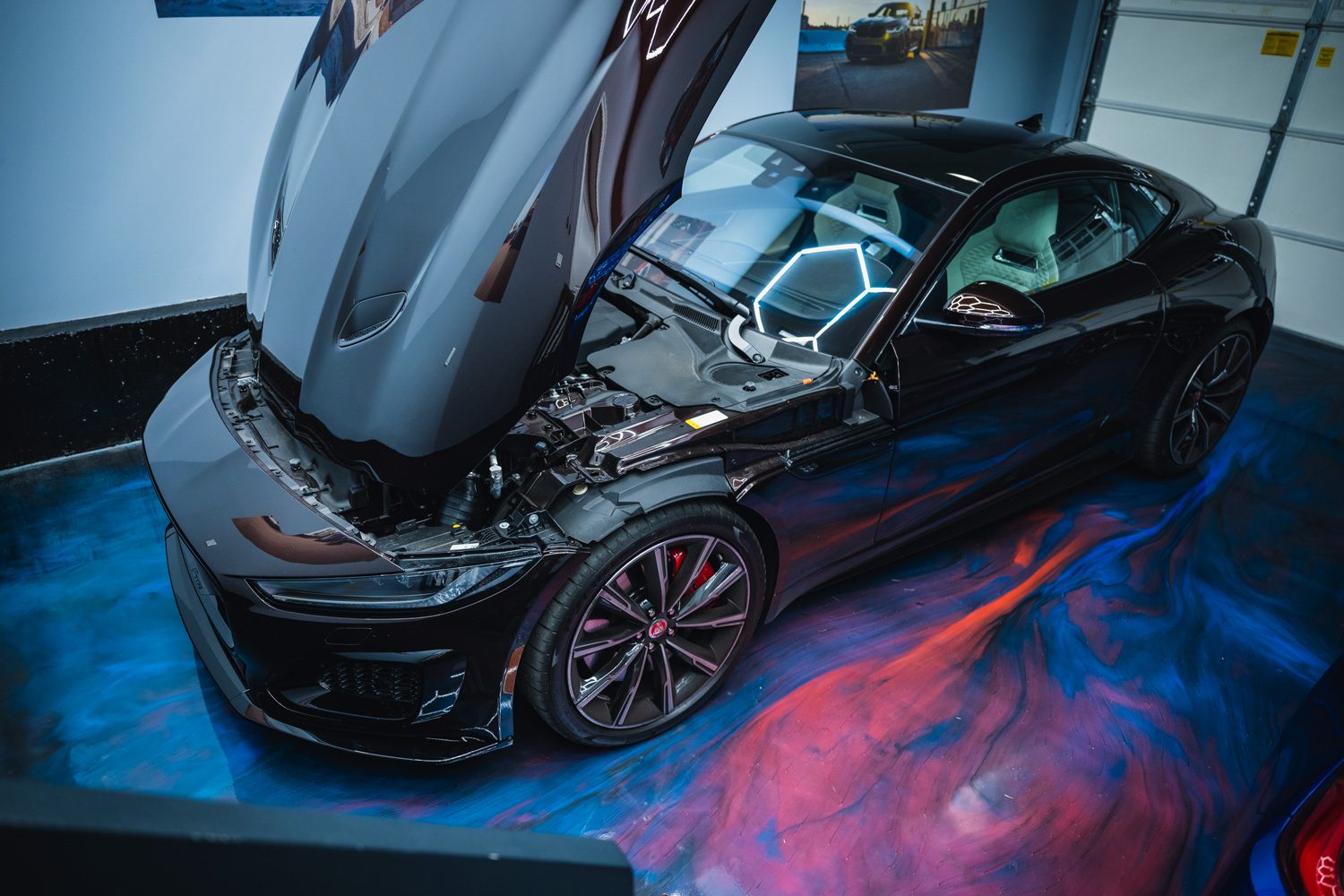

Tim, this can be complex, but I’ll try to break it down. The answer has already been made for us by governments and auto makers, but is it the right one?
Turbochargers vs superchargers – Turbo time
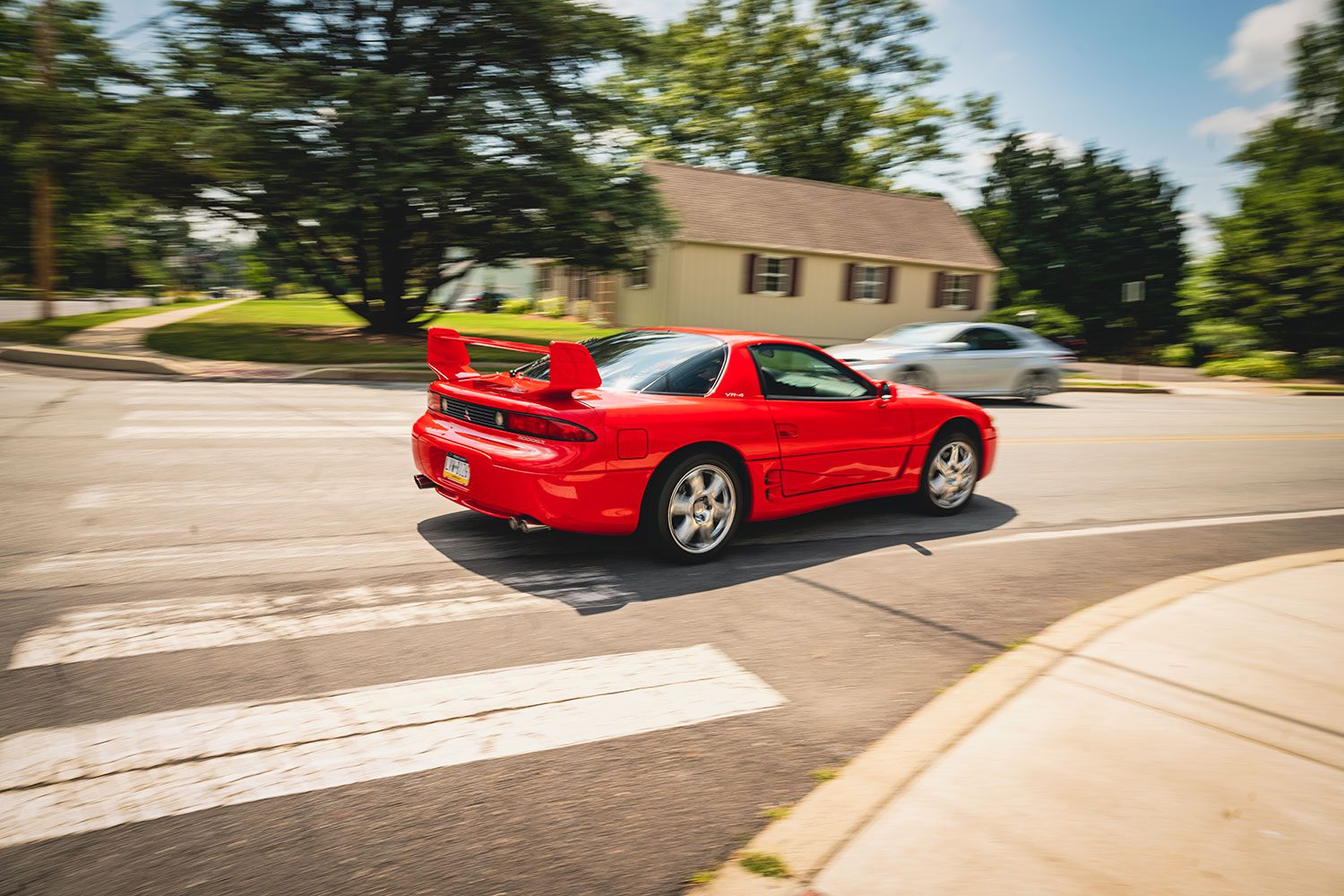

These guys do the same thing for the engine (push more air into it), but use different means to achieve it.
A turbocharger looks like a snail, and in the middle are two fans, a turbine and a compressor. The turbine is spun by exhaust gas, which in turn makes the compressor go “wee!”. That pushes more air into the combustion chamber, and you get more horsepower. This is an oversimplification, but you probably get it Tim. Tons of articles have been written on the subject if you’d like to know more.
Turbos don’t really require any horsepower to actually run, so they are more efficient than a supercharger. The V-6 engines in F1 cars are currently turbocharged, giving you an idea of just how much power they can add.
The downside to a turbo is lag. The modern turbocharger system is so much better than it used to be in the 90s, but no matter what, there’s still lag. Everything from the M5 to a GT-R experience it to a degree. You might not notice it at first, but if you drive the car a few times, you’ll feel it.
This is where I believe a hybrid system works – the battery takes over for the lag in a turbo engine, making it all feel much more seamless.
Pull your belt up
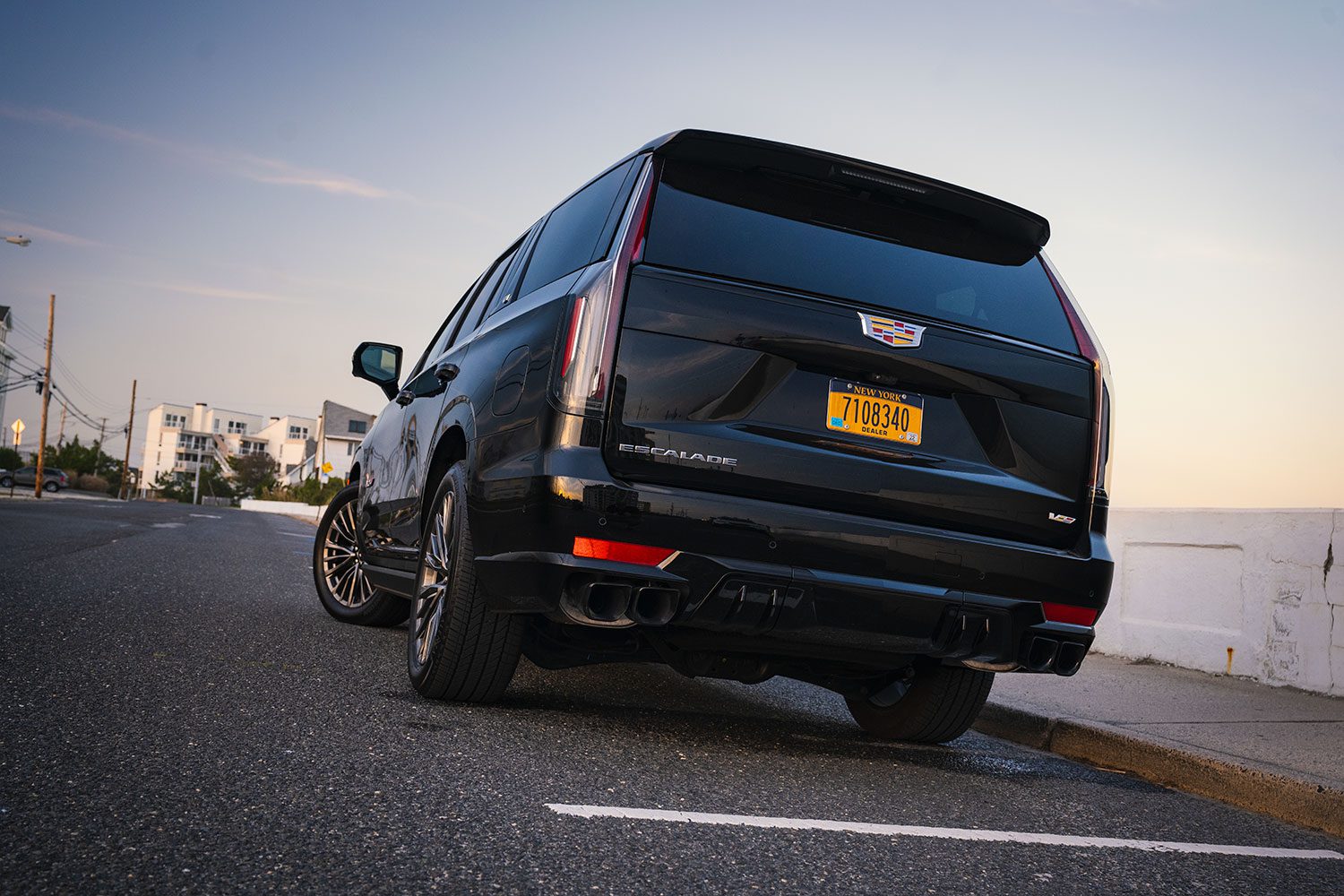

The big difference here is that a supercharger is belt-driven, like a power steering pump, so there’s something called “parasitic loss”. It means what you might think – the supercharger takes horsepower from the engine to power itself. Parasite.
‘Big deal”, right? But superchargers are big – the Blackwing has a 1.7-liter one (the size of a Honda engine), and it requires 110 horsepower just to make it spin. The tradeoff is worth it, because you get a lot more back in power than you give.
There can be lag in a supercharged engine, but it’s usually not nearly as bad. Since the belt is connected to the crankshaft rotation, you get power as soon as the engine starts to rev. Superchargers also don’t mute glorious exhaust sound because it has nothing to do with the exhaust manifold.
If you look at a turbocharged V-8 in the M5 (17 MPG combined), vs the supercharged one in a Blackwing (15 MPG combined), you might go “meh”, but in the real world the M5 had nearly 20 MPG with me, vs 13 for the Caddy. That alone is enough to get the world in an uproar.
Are all supercharged cars the same?
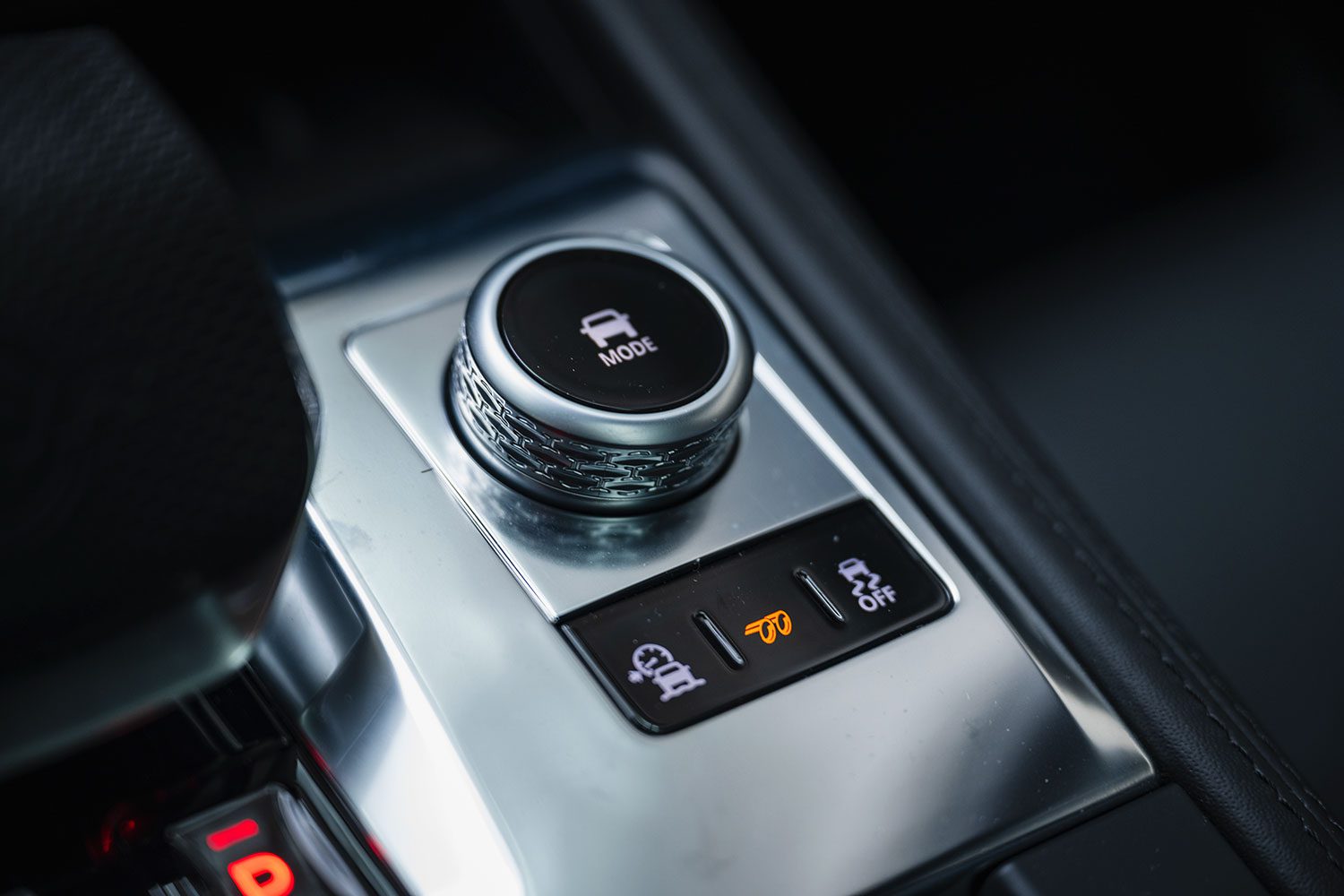

If you zoom outside of our little high-performance world, a supercharged car is pretty rare, but it’s fascinating to take a look at how the AJ V-8 in a Jag and the LS small block in GM products are so similar.
The AJ V-8 has been around since 1996 in one form or another. The motor is on its way out, to be replaced by a BMW N63 V-8, ironically. Despite the age, it has everything you’d expect – dual cams, valve timing, electronic throttle bodies, etc. It also sounds amazing.
Both these engines do. But if we’re talking about old, then GM’s small block V-8 has been around since the 1950s. The LS that you’ll find in a modern Corvette has been around since 1997, and it’s still the same pushrod wonder it’s always been.
Though it’s not apples to apples, the F-TYPE R’s engine is 5.0 liters with 575 horsepower (115 hp per liter), while the Blackwing’s 6.2 liter engine pumps out 668 (107 hp per liter). Very close indeed.
Turbochargers vs superchargers in trucks
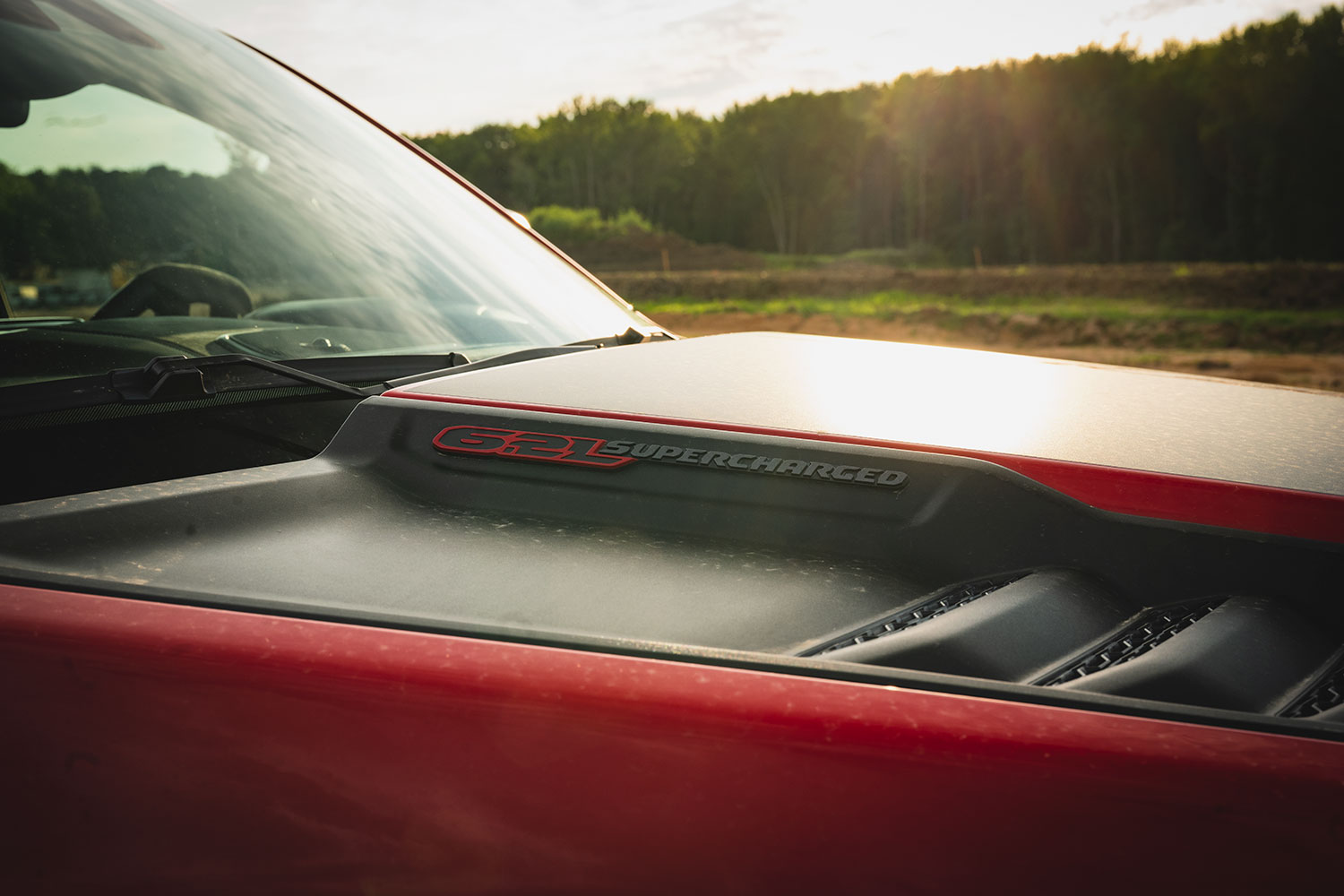

I think auto makers give a great deal of thought as to what kind of engine goes into a truck, and I don’t mean from an engineering standpoint, but from a marketing one.
The Dodge Ram TRX has more power that either of the supercharged motors in those sports cars, at 702. But the sound it makes compared to something with a turbocharger is why Ford now makes a Raptor R with its own V-8, as oppose to the Ecoboost in a weak little regular Raptor. Roar.
Can you have both?
Companies like Audi have gotten pretty clever with it. In the new SQ7, Audi combines forces and removes the supercharger from the engine entirely. Instead, they power it off a 48-volt battery. This allows the supercharger to wind up to 75,000 RPMs while the engine is barely engaged, bringing in way more air than a supercharger normally could, and enough to overcome turbo lag. The turbos don’t fully engage until higher in the power band.
So what’s better? Turbochargers vs superchargers
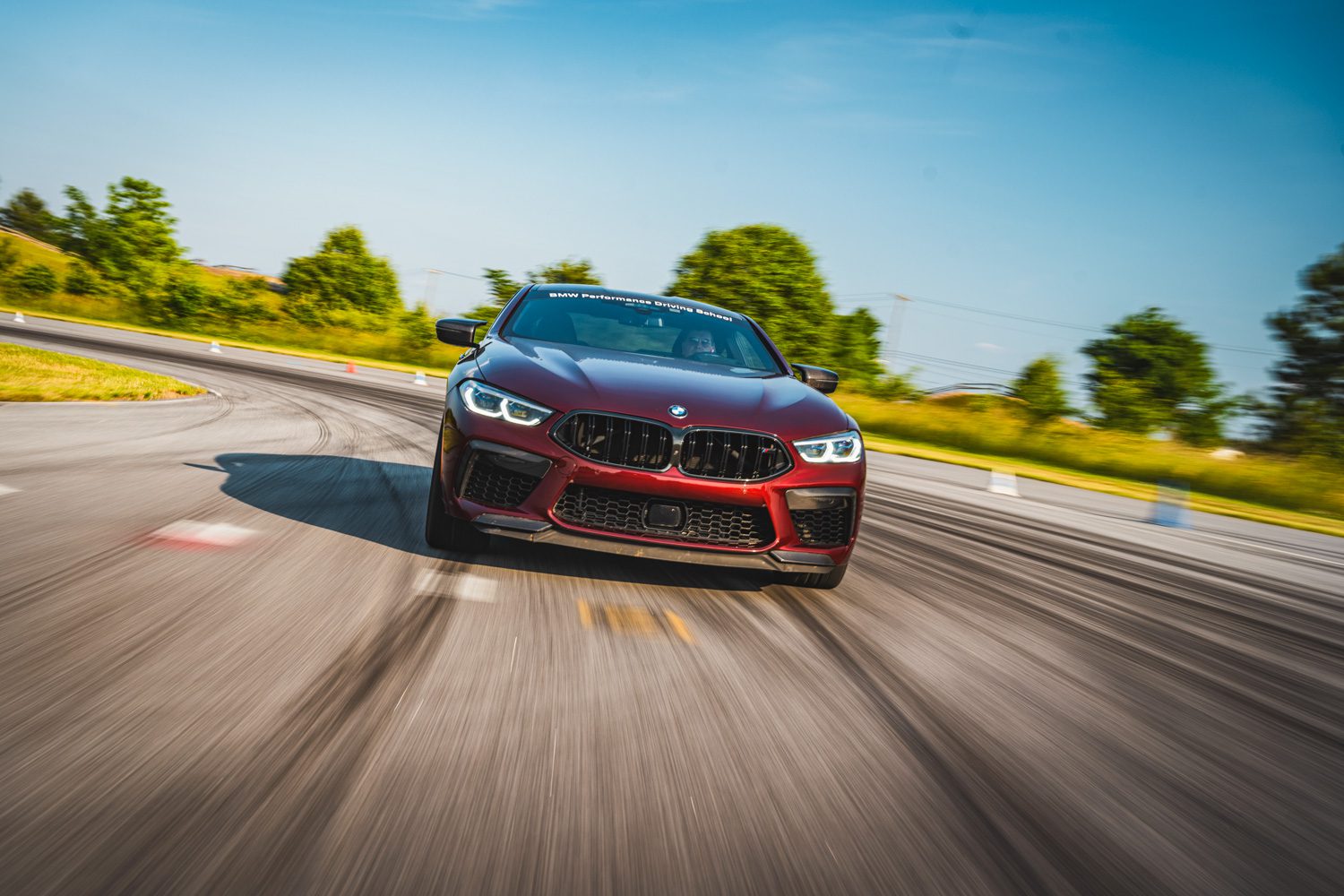

Here’s the fun part. Keeping those power figures in mind, let’s add one more from the S63 V-8 in a BMW M car. 4.4 liters, 617 horsepower. That’s 140 horsepower per liter. Add in the fact that turbocharged engines get better mileage, and it seems we have a winner. Though they may not sound as good, or jump off the line as quick, the turbo engine is the winner. May the supercharger whine in peace.
Support the cause
Commissions may be received for product links on this site. Help out if you can.
I use Nikon camera bodies and lenses, a Westcott Ice Light 2, Manfrotto tripod, B + W filters and an iMac Pro to make the art you see here.
Email me at mike@machineswithsouls.com with any questions. Follow along on Instagram @machineswithsouls




